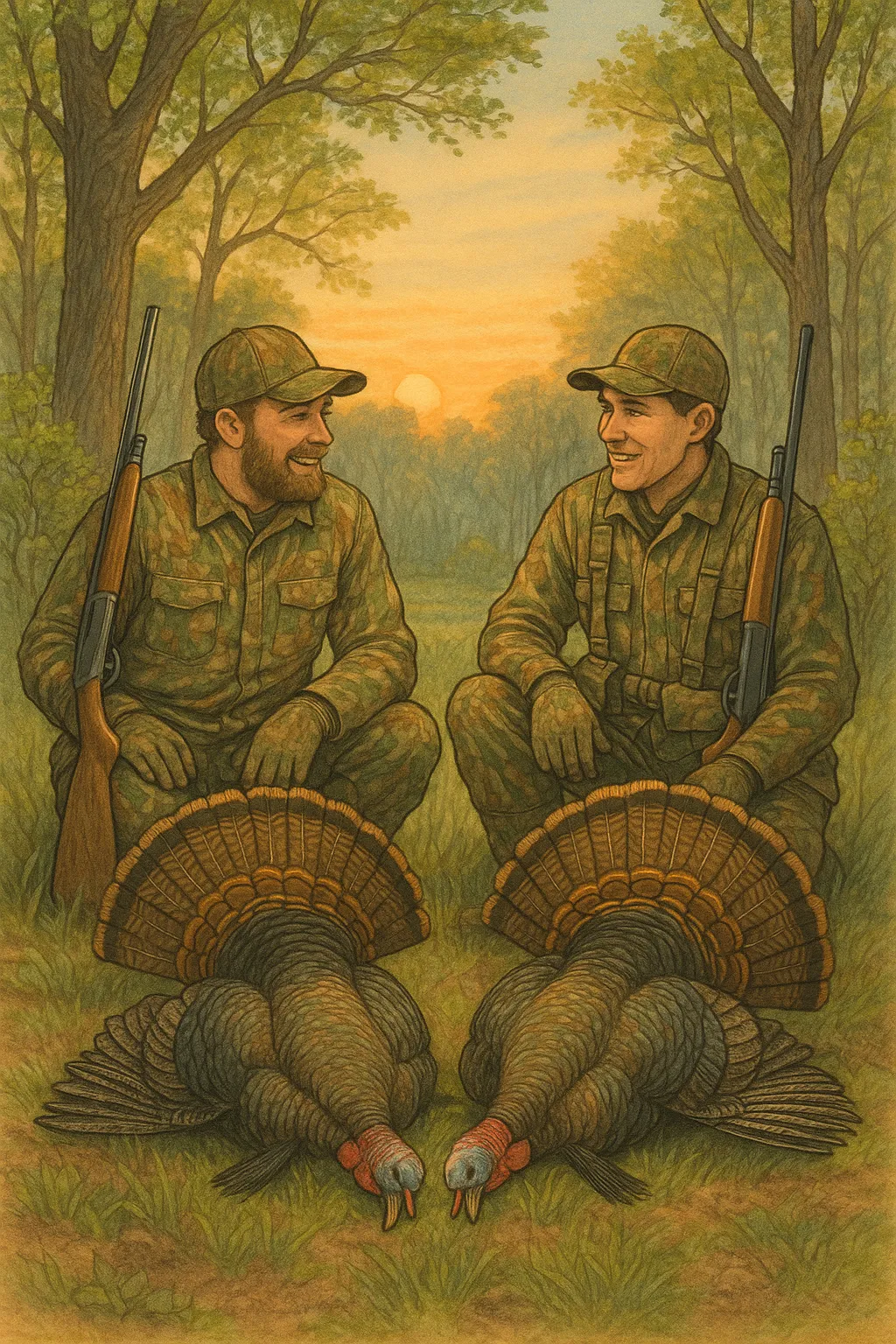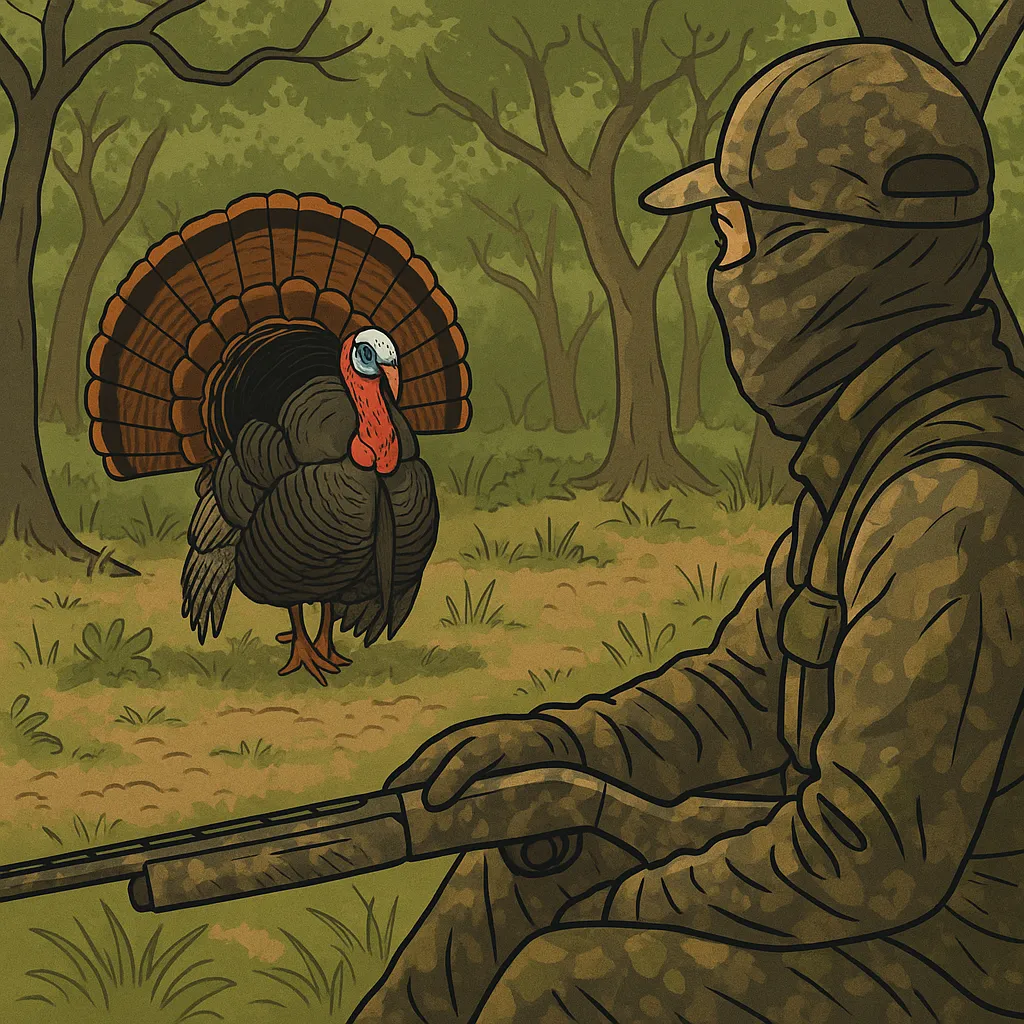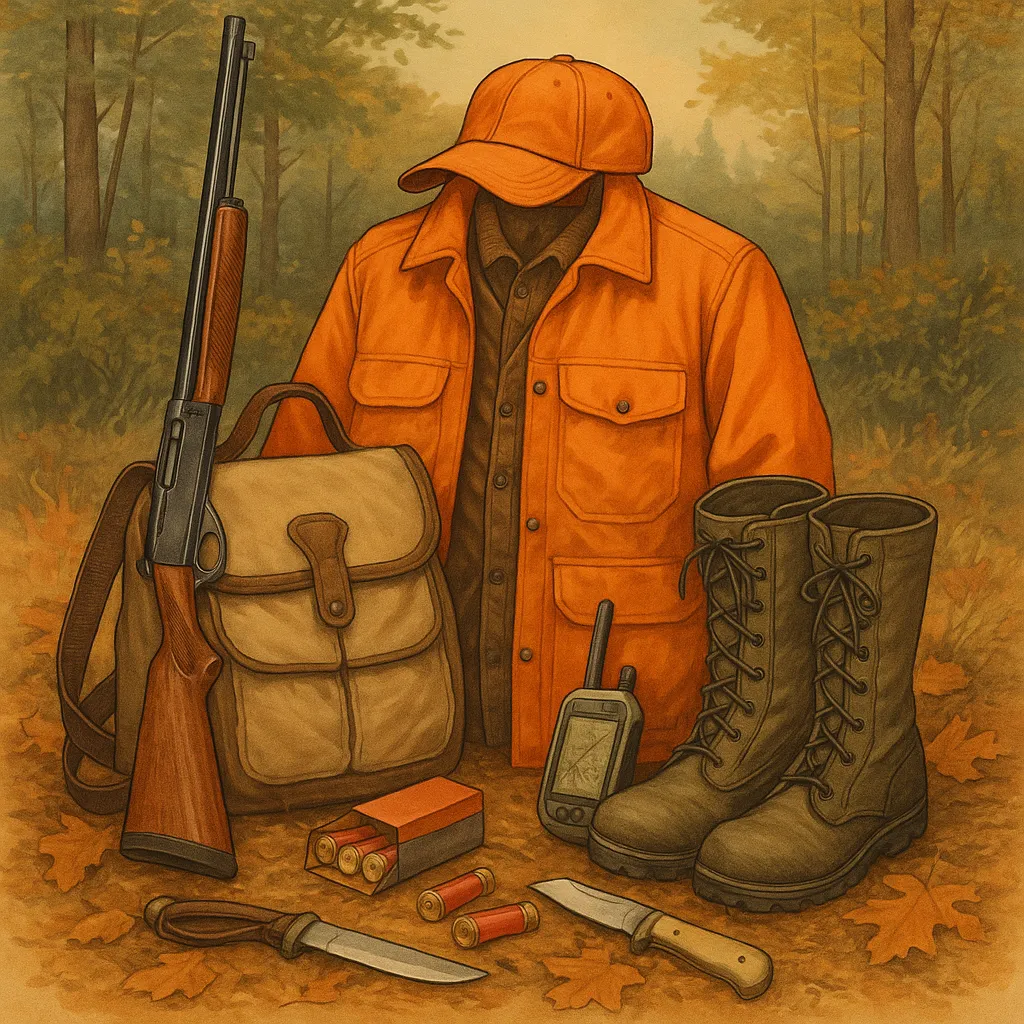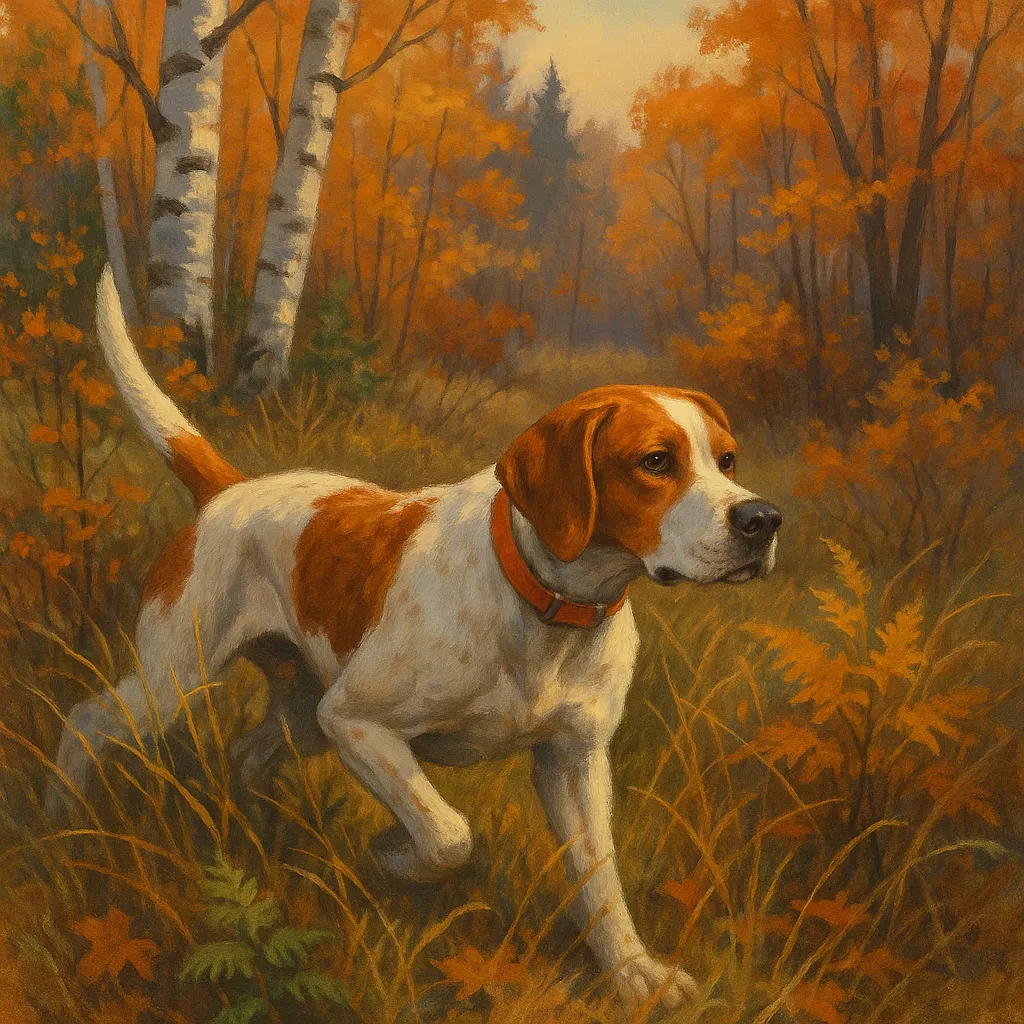Caring for Your Bird Hunting Gear and Equipment
Bird hunting in Michigan puts your gear through the wringer—slogging through cattail marshes, crawling through thickets, braving sleet and snow. To keep your equipment functional, safe, and long-lasting, you need a post-hunt care routine that’s as reliable as your dog’s nose. Whether you chase teal in early September or snow roosters in late December, your tools deserve the same respect you give the birds.
🧼 Why Gear Maintenance Matters
-
🟢 Prevents rust, rot, and premature wear
-
🟢 Improves performance and reliability in the field
-
🟢 Extends the life of expensive gear
-
🟢 Keeps you legal and safe afield
-
🟢 Prepares you for next season with no surprises
🔫 Shotgun Cleaning & Storage Tips
-
Field Wipe-Down: After each hunt, wipe down with a dry cloth to remove moisture and debris.
-
Deep Clean Weekly:
-
Break down action and remove fouling with a bore snake or soft brush
-
Lightly oil metal surfaces with CLP or RemOil
-
Use a cotton swab to clean trigger housing and bolt grooves
-
-
Off-Season Storage:
-
Store in a dry, padded case or cabinet
-
Use a dehumidifier or moisture-absorbing pack
-
Store barrel-down to prevent oil seepage into the stock
-
Pro Tip: Label choke tubes, clean threads, and lightly grease them to avoid rust lock.
👢 Boot & Wader Care
-
After Each Hunt:
-
Rinse off mud, sand, and blood with fresh water
-
Hang upside down to drain fully
-
Do not store in a hot garage—rubber and neoprene will crack
-
-
Seasonal Treatment:
-
Treat leather with waterproofing conditioner
-
Check for seam leaks in neoprene waders
-
Replace worn insoles and patch holes before the next season
-
Pro Tip: Stuff boots with newspaper or cedar blocks to prevent odor and mold.
🎽 Vest, Jacket & Upland Clothing Maintenance
-
Empty shell pouches and game bags after every hunt
-
Machine wash on gentle with scent-free detergent
-
Air dry only—no high heat or dryer
-
Reproof waxed cotton vests with re-waxing kits
-
Inspect brush pants for holes or briar snags
🐕 Dog Gear Upkeep
-
Collars & E-Collars:
-
Rinse after wet hunts and fully dry
-
Charge fully before storage
-
Inspect contacts and straps for wear
-
-
Vests & Harnesses:
-
Hand-wash and air-dry—avoid machine drying
-
Check for burrs, cuts, or seam tears
-
-
First Aid Kits:
-
Restock after each season
-
Replace expired items and medications
-
Pro Tip: Label your dog gear clearly if hunting in groups or using a shared truck bed.
🎒 Field Bag & Blind Bag Clean-Out
-
Remove all shells, calls, snacks, and wrappers after each hunt
-
Shake out sand, feathers, and debris
-
Check for mold in wet gloves or face masks
-
Use a light disinfectant spray and let it dry completely
-
Inventory your gear before the next trip: headlamps, lanyards, gloves, etc.
🧊 Cold Weather Care
-
Don’t store gear wet—frozen gear weakens seams and materials
-
Wipe down metal items before indoor storage (condensation = rust)
-
Avoid leaving optics, calls, or shells in vehicles overnight
✅ Season-End Checklist
| Task | ✅ Done |
|---|---|
| Shotgun cleaned & oiled | |
| Waders dried & inspected | |
| Boots conditioned | |
| Clothing washed & packed | |
| Dog gear checked & recharged | |
| Field bag cleaned & restocked |
Conclusion: Treat Your Gear Like a Teammate
Your gear shows up for you every hunt—through the mud, rain, and snow. Taking care of it isn’t just about aesthetics—it’s about performance, respect, and reliability. With the right end-of-hunt routine and seasonal storage plan, your vest will stay light, your boots dry, and your gun ready for that next flush or first flock of the morning.
“The hunt ends when you care for your gear. That’s the tradition. That’s the mark of a seasoned hunter.”
Leave A Comment
Related Posts
Essential Gear for Bird Hunting in Michigan In Michigan’s bird […]







